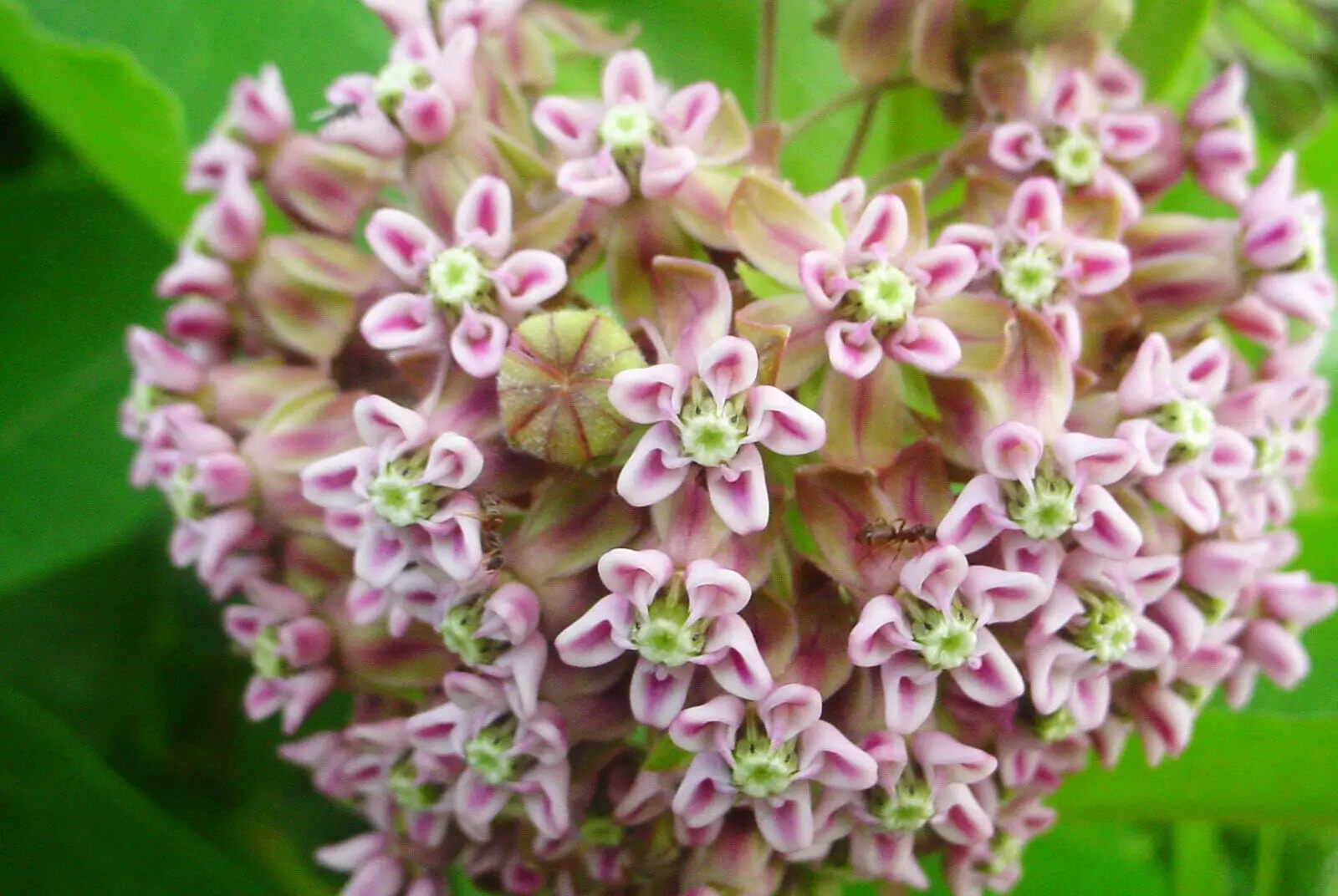
Milkweed is not just any ordinary plant; it is a fascinating and unique species that holds many surprises. Whether you are a botany enthusiast or simply curious about nature, milkweed is sure to captivate your interest. This remarkable plant has a long and storied history, and its presence in various ecosystems around the world makes it a vital component of our natural world. In this article, we will delve into 11 unbelievable facts about milkweed that will leave you amazed and astounded. From its role in supporting monarch butterflies to its medicinal properties, milkweed is a true wonder of the botanical world. So, let’s dive in and uncover the hidden secrets of this extraordinary plant.
Key Takeaways:
- Milkweed is essential for monarch butterflies, providing food for their caterpillars. Its unique flowers attract pollinators and support biodiversity, making it a symbol of hope for conservation efforts.
- With over 100 species, milkweed has a rich history of medicinal use and can prevent soil erosion. Its fibers are used for sustainable materials, and planting it helps preserve biodiversity.
Milkweed is a vital host plant for monarch butterflies.
One of the most fascinating facts about milkweed is its essential role as a host plant for monarch butterflies. Monarchs lay their eggs exclusively on milkweed plants, providing a vital food source for their caterpillars. Without milkweed, monarch populations would drastically decline.
There are over 100 different species of milkweed.
The milkweed family (Asclepiadaceae) comprises more than 100 diverse species, each with its own unique characteristics. These species can be found growing in various habitats, including meadows, prairies, and even urban areas.
Milkweed has a rich history of medicinal use.
For centuries, milkweed has been recognized for its medicinal properties. Native American tribes utilized different parts of the milkweed plant to treat various ailments, including respiratory disorders and skin conditions. Today, milkweed extracts are still used in some herbal remedies.
The milkweed plant produces a milky sap.
One of the distinctive features of milkweed is its milky sap, which is released when the plant is injured or broken. The sap contains toxic compounds called cardiac glycosides, which act as a defense mechanism against herbivores.
Milkweed is a robust and resilient plant.
Milkweed has evolved to thrive in diverse environments, including challenging conditions such as drought and nutrient-poor soils. Its deep root system enables it to withstand harsh weather conditions and compete with other plants for resources.
Milkweed flowers are known for their unique structure.
The flowers of milkweed have a distinct structure, consisting of five petals fused together to form a bell-shaped corolla. They are often brightly colored, ranging from vibrant oranges and yellows to whites and pinks, attracting a wide array of pollinators.
The silky fibers of milkweed can be used as a substitute for down feathers.
The seeds of milkweed are attached to silky fibers known as pappus, which allows them to be easily dispersed by the wind. These fibers have also been used as a natural substitute for down feathers in pillows and insulation materials.
Milkweed plays a crucial role in supporting biodiversity.
As a native plant, milkweed provides essential habitat and food sources for a variety of insects, birds, and other wildlife. Its flowers attract numerous pollinators, contributing to the overall health and diversity of ecosystems.
Milkweed can help prevent soil erosion.
With its extensive root system, milkweed helps to stabilize soil and prevent erosion, particularly in areas prone to land degradation. Its ability to grow in challenging environments makes it an ideal choice for ecological restoration projects.
Milkweed has been used to produce sustainable fiber materials.
In recent years, there has been growing interest in utilizing milkweed fibers to create sustainable materials. These fibers have been used to develop fabrics, ropes, and even bio-composite materials for various applications.
The milkweed plant is a symbol of hope and conservation.
Due to its association with monarch butterflies and its ecological significance, milkweed has become a symbol of hope in the conservation efforts for these iconic butterflies. Planting milkweed is seen as a simple yet powerful way to support monarch populations and preserve biodiversity.
Conclusion
As we’ve explored in this article, milkweed is a fascinating and essential plant with numerous remarkable qualities. From its unique ability to attract butterflies and other pollinators to its potential medicinal benefits, milkweed is a plant that deserves our attention and admiration.
Not only does milkweed play a vital role in supporting ecosystems and biodiversity, but it also possesses various ingenious adaptations that allow it to thrive in different environments. Its incredible seed dispersal methods and the fascinating relationship it shares with monarch butterflies are just a few examples of the wonders of milkweed.
By learning more about milkweed and its incredible facts, we can develop a deeper appreciation for the natural world and the intricate interconnectedness of all living things. So, the next time you come across milkweed, take a moment to marvel at its astonishing qualities and the vital role it plays in our environment.
FAQs
1. Where can milkweed plants be found?
Milkweed is native to North America and can be found across the continent in various habitats such as meadows, prairies, and open woodlands.
2. How can I attract butterflies to my garden using milkweed?
Planting milkweed is a great way to attract butterflies, especially monarch butterflies. Choose native milkweed species that are suitable for your region and provide an appropriate habitat for the butterflies.
3. Is milkweed poisonous to humans?
While milkweed contains toxic substances, they are not harmful to humans unless ingested in large quantities. However, it is essential to handle milkweed with caution, especially the sap, as it can cause skin irritation for some individuals.
4. Can milkweed be grown in containers?
Yes, many milkweed species can be grown in containers, making them suitable for small gardens or balconies. Just ensure that the containers have adequate drainage and provide the plants with enough sunlight and water.
5. How long does it take for milkweed to grow?
The exact time it takes for milkweed to grow depends on the species and growing conditions. In general, it can take anywhere from a few weeks to several months for milkweed seeds to germinate and establish into mature plants.
Milkweed's captivating qualities don't end here. Swamp milkweed holds enigmatic secrets waiting to be explored. Milkweed beetles have their own set of intriguing characteristics that will leave you astounded. Blood flowers, with their striking appearance, also possess a wealth of surprising facts. Continue your journey into the fascinating world of plants by delving deeper into these remarkable species.
Was this page helpful?
Our commitment to delivering trustworthy and engaging content is at the heart of what we do. Each fact on our site is contributed by real users like you, bringing a wealth of diverse insights and information. To ensure the highest standards of accuracy and reliability, our dedicated editors meticulously review each submission. This process guarantees that the facts we share are not only fascinating but also credible. Trust in our commitment to quality and authenticity as you explore and learn with us.


